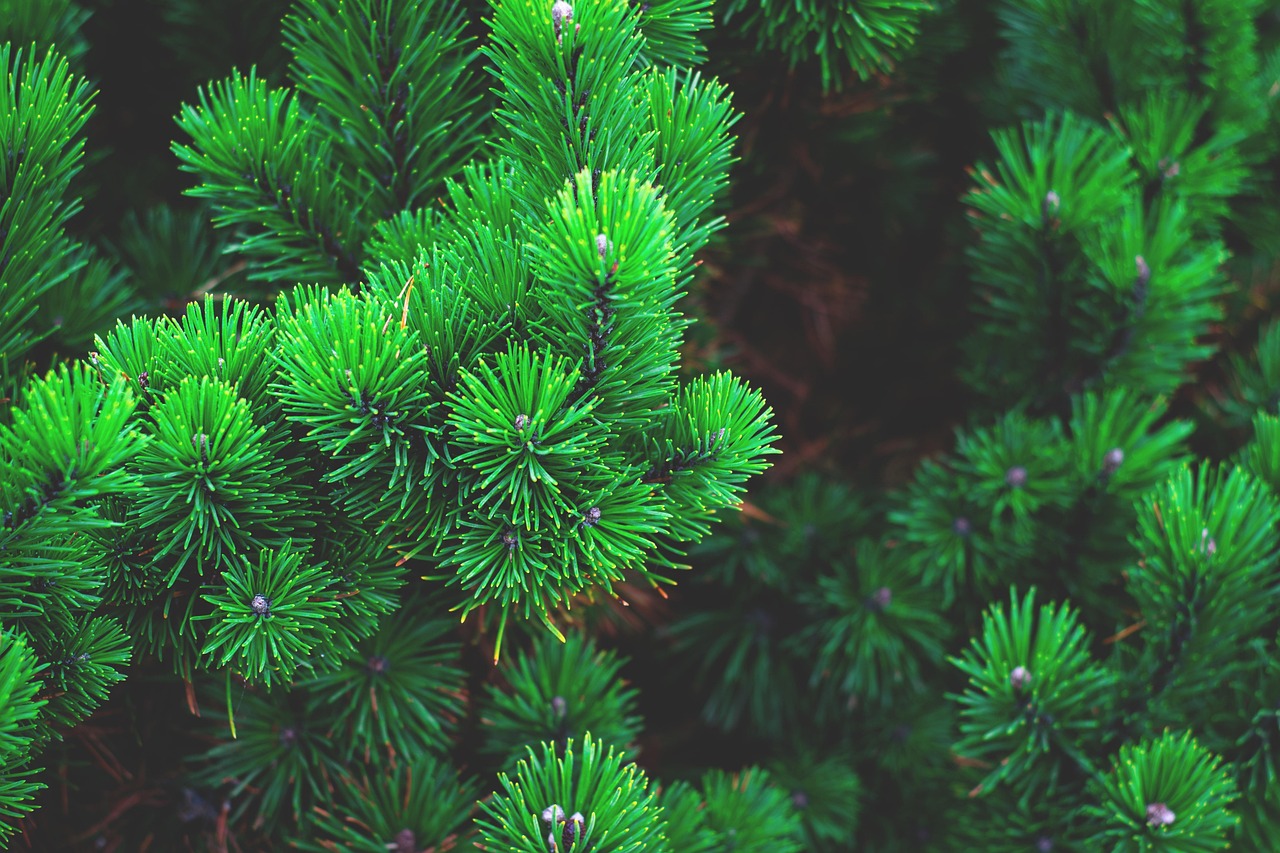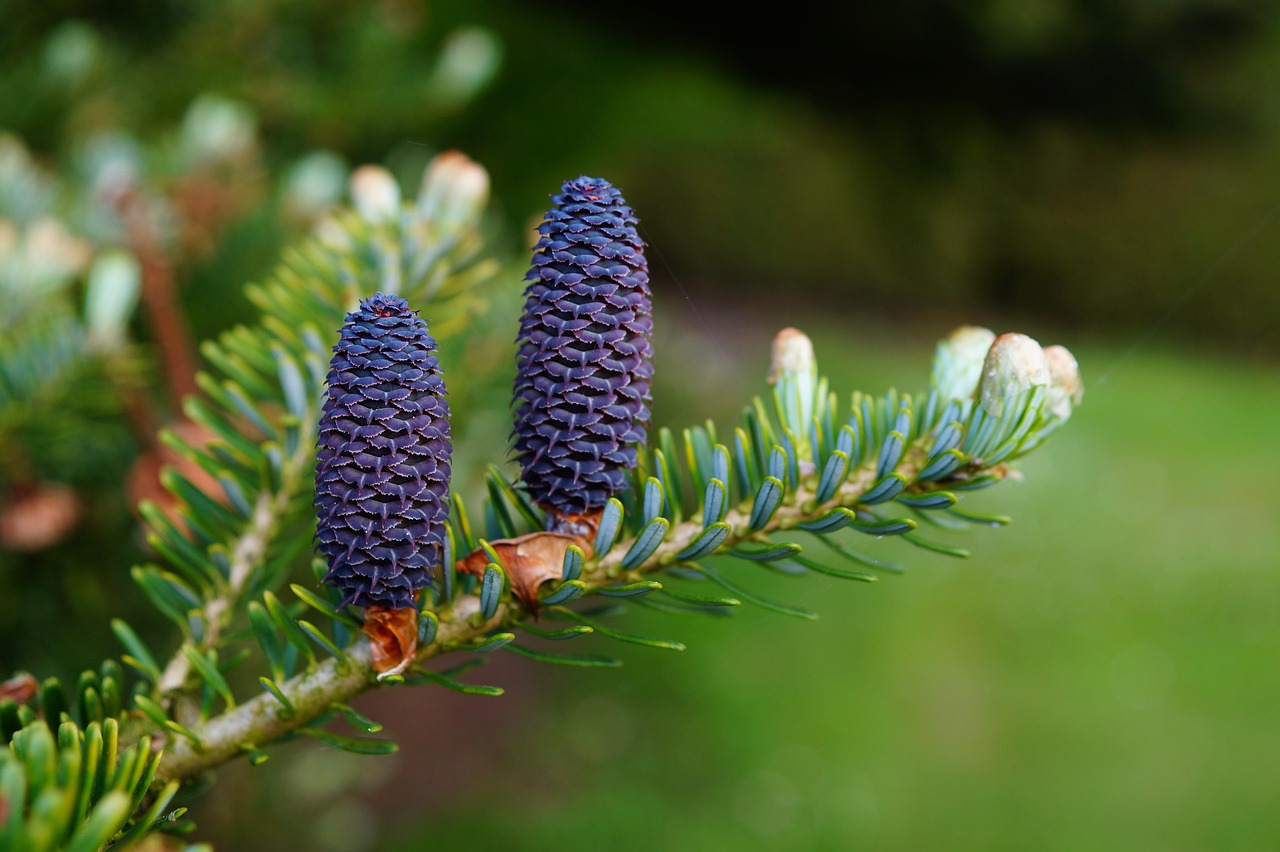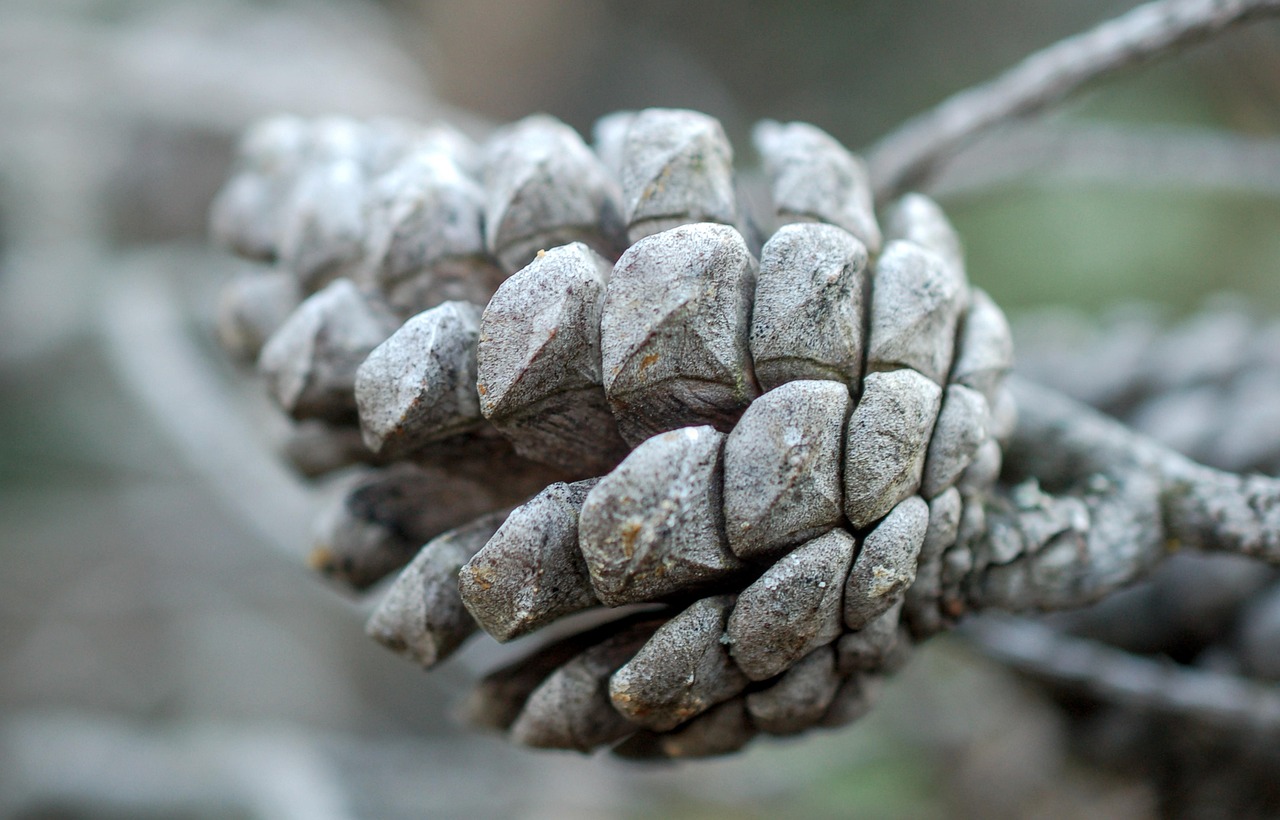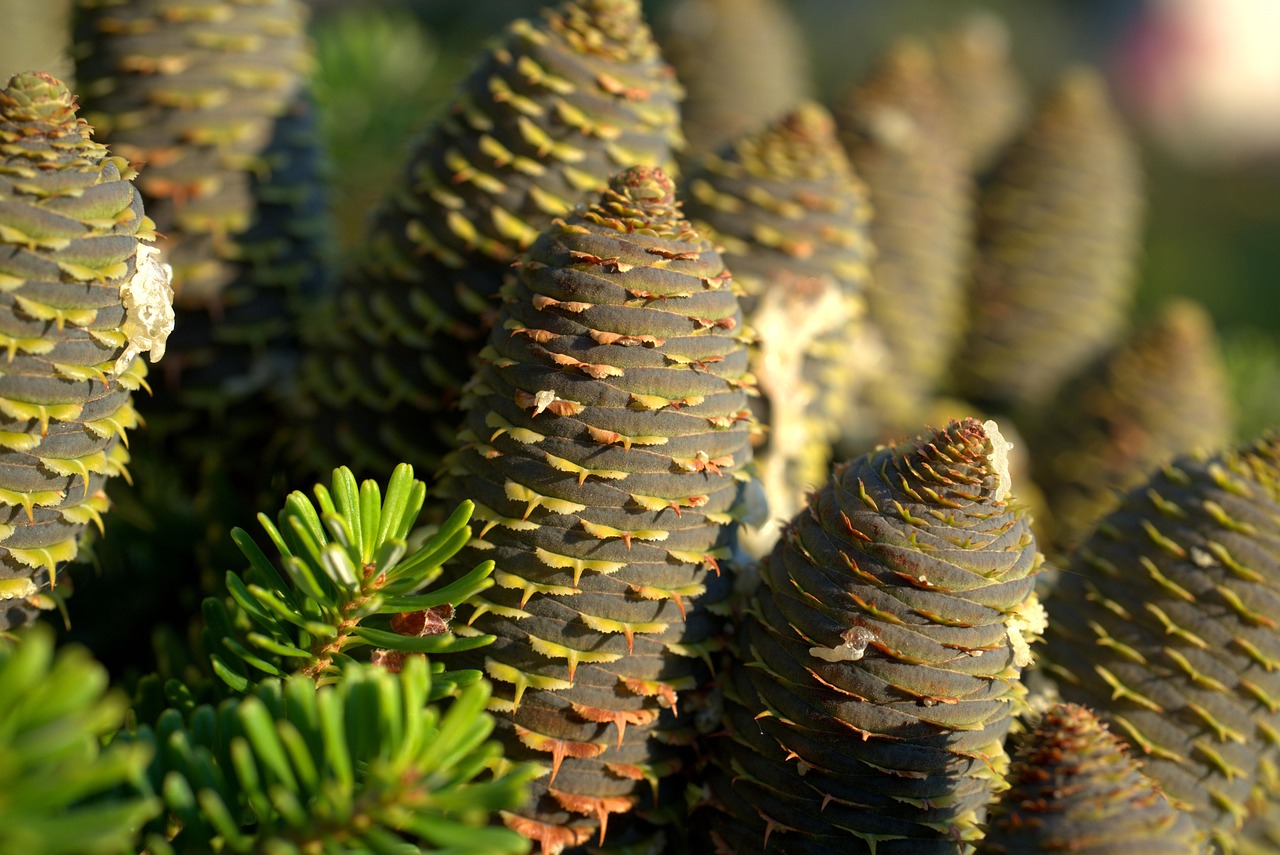Pine tree pruning is essential for reducing wind damage. By removing dead or weak branches, you can enhance the tree’s structural integrity. This practice allows for better air circulation and reduces wind resistance, ultimately protecting your trees during storms.
Pine trees are popular in many landscapes due to their beauty and durability. However, they can be vulnerable to wind damage without proper care. In areas prone to storms, strong winds can easily uproot or break branches of these trees. Pruning plays a critical role in maintaining their health and resilience against harsh weather conditions.

Understanding how to properly prune pine trees is crucial for both amateur gardeners and professional landscapers. Pruning not only improves the tree’s appearance but also promotes healthier growth. Healthy trees are better equipped to withstand the forces of nature, making it less likely for them to suffer from wind damage.
Understanding Pine Tree Anatomy
Before diving into pruning techniques, it is essential to understand the anatomy of pine trees. Knowing how pine trees grow and where to make cuts can significantly impact their health and stability. Here are some key components of pine tree anatomy:
- Branches: The limbs that extend from the trunk. These can vary in strength and health.
- Needles: The leaves of the pine tree, which play a vital role in photosynthesis.
- Trunk: The central stem that supports the tree. A healthy trunk is crucial for stability.
- Roots: The underground system that anchors the tree and absorbs water and nutrients.
Identifying weak or damaged branches is the first step in effective pruning. These branches may be thin, broken, or showing signs of disease. By focusing on these areas, you can help enhance the overall strength of the tree.

When to Prune Pine Trees
The timing of pruning is crucial for maximizing its effectiveness. Pruning at the wrong time can lead to stress and weaken the tree. Here are some guidelines on when to prune pine trees:
| Time of Year | Activity |
|---|---|
| Late Winter to Early Spring | Best time for structural pruning before new growth starts. |
| Summer | Ideal for removing dead or diseased branches. |
| Fall | Avoid heavy pruning; focus on cleaning up debris. |
Pruning during late winter or early spring is generally recommended. At this time, the tree is still dormant, which minimizes stress and encourages healthy new growth once spring arrives. Summer is suitable for removing any dead or damaged branches that become apparent as foliage thickens.
Pruning Techniques for Pine Trees
There are several techniques to consider when pruning pine trees. Each method serves a specific purpose and helps achieve the desired outcome. Here are some commonly used pruning techniques:

- Crown Thinning: This technique involves selectively removing branches to improve airflow and light penetration.
- Crown Raising: Removing lower branches helps elevate the crown, allowing more light to reach lower plants.
- Crown Reduction: This method reduces the height or spread of a tree, avoiding potential damage during high winds.
Each technique requires careful consideration of where cuts are made. Cuts should always be made at the branch collar, which is the swollen area where the branch meets the trunk. This encourages healing and minimizes the risk of disease.
Tools for Pruning Pine Trees
Using the right tools is vital for effective pruning. High-quality tools ensure clean cuts and reduce damage to the tree. Here are some essential tools for pruning pine trees:
- Hand Pruners: Ideal for cutting small branches.
- Loppers: Useful for thicker branches that hand pruners cannot handle.
- Saws: A small pruning saw can help with larger limbs.
- Safety Gear: Gloves and goggles protect you while working.
Always ensure your tools are sharp and clean before use to prevent infection and ensure smooth cuts. Proper maintenance of tools extends their life and improves performance during pruning sessions.

Pine tree pruning is an important practice that requires knowledge and skill. By understanding pine tree anatomy, timing your pruning correctly, using appropriate techniques, and employing the right tools, you can effectively prevent wind damage and promote healthy growth in your pine trees.
Common Mistakes in Pine Tree Pruning
Even experienced gardeners can make mistakes when pruning pine trees. Understanding these common errors can help ensure that you maintain the health and stability of your trees. Here are some frequent pitfalls to avoid:
- Pruning at the Wrong Time: Pruning during late fall can expose the tree to winter damage. Always check the ideal pruning times for your specific pine species.
- Over-Pruning: Removing too many branches can stress the tree, making it more vulnerable to diseases and wind damage.
- Improper Cutting Techniques: Making cuts too close to the trunk or too far from the branch collar can hinder healing and promote decay.
- Ignoring Tree Health: Failing to assess the overall health of the tree before pruning can lead to unintended consequences.
By being aware of these common mistakes, you can take the necessary steps to avoid them and ensure your pine trees remain healthy and strong.
Signs of Wind Damage in Pine Trees
Monitoring your pine trees for signs of wind damage is crucial for timely intervention. Early detection allows you to address issues before they escalate. Here are some signs to look for:
- Bent or Broken Branches: Examine branches for any signs of bending or breaking, especially after storms.
- Uprooted Trees: Look for any trees that may have been uprooted or tilted due to strong winds.
- Cracked Bark: Inspect the bark for cracks or splits that indicate internal damage.
- Needle Drop: Sudden needle loss may signal stress, which can be aggravated by wind damage.
If you notice any of these signs, it’s essential to take action quickly. Prompt pruning or care can help mitigate further damage and promote recovery.
Preventative Measures for Wind Damage
In addition to regular pruning, there are several preventative measures you can implement to protect your pine trees from wind damage. These actions help strengthen trees and prepare them for adverse weather conditions.
- Choosing the Right Location: Planting pine trees in sheltered areas can reduce wind exposure. Consider natural barriers like buildings or other tall trees.
- Soil Health: Ensuring that the soil is well-drained and rich in nutrients promotes strong root development, which is critical for stability.
- Regular Maintenance: Conducting regular inspections and maintenance activities helps catch potential problems before they worsen.
- Watering Wisely: Proper watering during dry spells encourages strong growth but avoid overwatering, which can weaken roots.
Implementing these measures can significantly enhance your pine trees’ resilience against high winds and storm conditions.
The Role of Fertilization in Tree Health
Adequate nutrition is vital for the health of pine trees. Fertilization plays a significant role in promoting strong growth, which helps trees withstand wind damage. Here’s how to effectively fertilize your pine trees:
Types of Fertilizers
Selecting the right type of fertilizer is essential. Here are some common options:
- Granular Fertilizer: Slow-release granules provide nutrients over time, reducing the need for frequent applications.
- Liquid Fertilizer: Fast-acting solutions that can provide immediate nutrition but may require more frequent applications.
- Organic Options: Compost or well-rotted manure can improve soil health and provide nutrients naturally.
Fertilization Schedule
The timing of fertilization matters. A general guideline includes:
- Early Spring: Apply fertilizer as new growth begins to support vigorous development.
- Mid-Summer: A second application may be beneficial if growth appears slow or if soil quality is poor.
Always follow the manufacturer’s instructions regarding application rates and methods. Over-fertilizing can lead to nutrient burn and other issues that compromise tree health.
Pine Tree Pruning Techniques for Storm Preparation
Pruning techniques specifically aimed at preparing pine trees for storms can provide an additional layer of protection. Here are some strategies to consider:
- Crown Cleaning: Remove dead, diseased, or weak branches that could break off in strong winds.
- Crown Thinning: Reducing the density of the crown helps wind pass through more easily, minimizing resistance.
- Crown Reduction: Lowering the height of the tree’s crown can decrease leverage on the trunk during high winds.
Incorporating these techniques into your regular pruning routine can significantly enhance your pine trees’ ability to weather storms and reduce the risk of wind damage.
Pine tree care involves a combination of proper pruning techniques, regular maintenance, and proactive measures. By taking these steps, you not only improve the health of your pine trees but also increase their resilience against adverse weather conditions.
Understanding Pine Tree Species and Their Vulnerabilities
Different species of pine trees have unique characteristics and vulnerabilities that can influence how they should be pruned to prevent wind damage. Understanding these differences is key to providing proper care. Here are some common pine species and their specific traits:
| Pine Species | Characteristics | Vulnerabilities |
|---|---|---|
| Eastern White Pine | Tall, straight trunk with long needles. | Weak branch structure; susceptible to breakage in high winds. |
| Ponderosa Pine | Large tree with thick bark and clusters of needles. | Can develop heavy crowns that increase wind resistance. |
| Scots Pine | Resilient with a rugged appearance; adaptable. | Branches may become brittle, leading to breakage. |
| Loblolly Pine | Fast-growing with a tall, straight trunk. | Weak root systems can lead to uprooting during storms. |
By understanding the specific vulnerabilities of each pine species, you can tailor your pruning techniques to enhance their resilience against wind damage.
The Importance of Mulching Around Pine Trees
Mulching is a beneficial practice that supports the health of pine trees by retaining moisture and improving soil quality. It also helps establish a strong root system, which is crucial for stability during wind events. Here’s how to effectively mulch around pine trees:
Types of Mulch
Selecting the right type of mulch is important. Here are some options:
- Bark Mulch: Provides good insulation and suppresses weeds while enhancing soil moisture retention.
- Wood Chips: Break down over time, enriching the soil but may need replenishing.
- Straw or Hay: Lightweight options that help conserve moisture but may need more frequent replacement.
Application Techniques
Proper application of mulch can make a significant difference in the health of your pine trees. Follow these guidelines:
- Layer Thickness: Apply a 2-3 inch layer of mulch around the base of the tree, avoiding direct contact with the trunk.
- Distance from Trunk: Keep mulch away from the trunk to prevent moisture buildup that can lead to decay.
- Regular Maintenance: Refresh mulch annually to maintain its effectiveness and appearance.
By mulching properly, you can support root health and improve your pine trees’ resilience against wind damage.
Managing Soil Quality for Better Stability
The quality of soil around your pine trees significantly impacts their growth and stability. Healthy soil promotes strong root systems, which are vital for anchoring trees during storms. Here are some steps to manage soil quality effectively:
Soil Testing
Conducting a soil test can help determine nutrient levels and pH balance. This information is essential for making informed decisions about fertilization and amendments. You can follow these steps:
- Collect Samples: Take samples from various spots around the tree, about 6-8 inches deep.
- Send for Testing: Use a local extension service or laboratory to analyze your samples.
- Review Results: Follow recommendations based on the analysis for amending the soil.
Soil Amendments
Based on the soil test results, you may need to amend the soil to improve its quality. Common amendments include:
- Lime: Raises pH levels in acidic soils, promoting healthier growth.
- Sulfur: Lowers pH levels in alkaline soils, creating a more suitable environment for pine trees.
- Compost: Enhances soil structure and adds essential nutrients for overall tree health.
Improving soil quality is an ongoing process that requires regular monitoring and adjustments based on your pine trees’ needs.
The Role of Watering in Pine Tree Health
Proper watering is essential for maintaining healthy pine trees. Insufficient or excessive water can weaken the root system, making trees more susceptible to wind damage. Here are some best practices for watering pine trees:
Watering Guidelines
Follow these guidelines to ensure your pine trees receive adequate hydration:
- Frequency: Water deeply but infrequently, allowing the top few inches of soil to dry out between watering sessions.
- Amount: Aim for about 1 inch of water per week, including rainfall. Adjust based on weather conditions.
- Avoid Overwatering: Excess water can lead to root rot, which destabilizes the tree.
Signs of Water Stress
Be vigilant for signs of water stress in your pine trees, which may indicate irrigation issues. Look for:
- Pale Needles: Discoloration can signal nutrient deficiency or water issues.
- Sparse Foliage: Reduced needle density may indicate insufficient watering.
- Curling Needles: Curling or wilting can suggest that the tree is not getting enough water.
By following these watering practices, you can help ensure that your pine trees remain healthy and strong, ready to withstand wind damage when severe weather strikes.
Additional Considerations for Pine Tree Care
Beyond pruning, watering, and soil management, several other factors contribute to the overall health of pine trees and their ability to withstand wind damage. Understanding these factors can help you provide comprehensive care for your trees.
Climate Considerations
The climate in which your pine trees are located significantly affects their growth and vulnerability to wind damage. Here are some climate-related factors to keep in mind:
- Temperature Fluctuations: Sudden temperature changes can stress trees, making them more susceptible to wind damage. Ensure that trees are adequately acclimated to their environment.
- Humidity Levels: High humidity can promote fungal diseases, while low humidity may lead to dehydration. Both conditions can weaken trees over time.
- Wind Patterns: Understanding prevailing wind patterns in your area can help you position your trees wisely and apply appropriate pruning techniques.
Pest and Disease Management
Pests and diseases can weaken pine trees, making them more vulnerable to wind damage. Regular inspections can help identify issues early. Common pests include:
- Bark Beetles: These insects can bore into the bark, disrupting nutrient flow and leading to tree decline.
- Needle Cast Fungi: These fungi can cause needles to drop prematurely, affecting the tree’s ability to photosynthesize.
If you notice signs of pests or disease, it is important to take action quickly. Treatments may involve pesticides or other management strategies tailored to the specific problem.
Tree Support Systems
In some cases, additional support may be necessary for younger or weakened trees. Tree supports can help stabilize pine trees during storms. Here are some options:
- Stakes: Temporary stakes can help support young trees as they establish their root systems.
- Cabling: For older trees with structural issues, cables can provide extra support without damaging the tree.
Always consult with an arborist to determine the best support method for your specific situation.
Final Thoughts
Pine tree pruning is a vital practice for maintaining healthy trees and preventing wind damage. By implementing proper pruning techniques, understanding the unique characteristics of different pine species, and providing adequate care through watering and soil management, you can significantly enhance the resilience of your trees.
Regular inspections for signs of stress, pests, or disease will also play an essential role in ensuring long-term health. Additionally, taking into account climate factors and possibly utilizing support systems can further safeguard against potential wind damage.
Ultimately, investing time and effort into the care of your pine trees will not only preserve their beauty but also protect your property from the risks associated with wind-related damage. With the right approaches, you can cultivate strong, healthy pine trees that stand resilient against nature’s challenges.
By following these guidelines and understanding the needs of your pine trees, you position them for longevity and stability. Whether you are a homeowner or a professional landscaper, these practices will contribute to a thriving environment for your pine trees, ensuring they continue to enhance your landscape for years to come.
